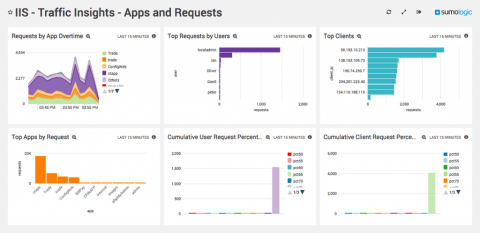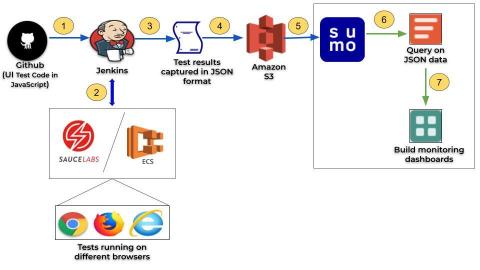What is IoT Security?
Internet security, in general, is a challenge that we have been dealing with for decades. It is a regular topic of discussion and concern, but a relatively new segment of internet security is getting the lion’s share of attention—internet of things (IoT). So why is internet of things security… a thing?





